Urban wildlife watching unveils the fascinating resilience and adaptability of nature right in the heart of bustling cities. Surprisingly, many urban environments around the globe serve as sanctuaries for a diverse range of wildlife, thriving amidst skyscrapers and busy streets.
This hidden natural world offers city dwellers and visitors alike a unique opportunity to connect with nature without venturing far from the urban core. Observing creatures ranging from falcons and raccoons to sea lions and bats in their adapted habitats highlights not only the unexpected biodiversity of cities but also the profound resilience of ecosystems.
It encourages an appreciation for the often overlooked wildlife havens that exist parallel to human life in urban settings. For those new to wildlife or even lovers, we’ve compiled a list of the top ten animal sightings in their natural habitat that are within a short drive from city centers, providing a peaceful escape amidst the bustling cities
Birdlife in New York City
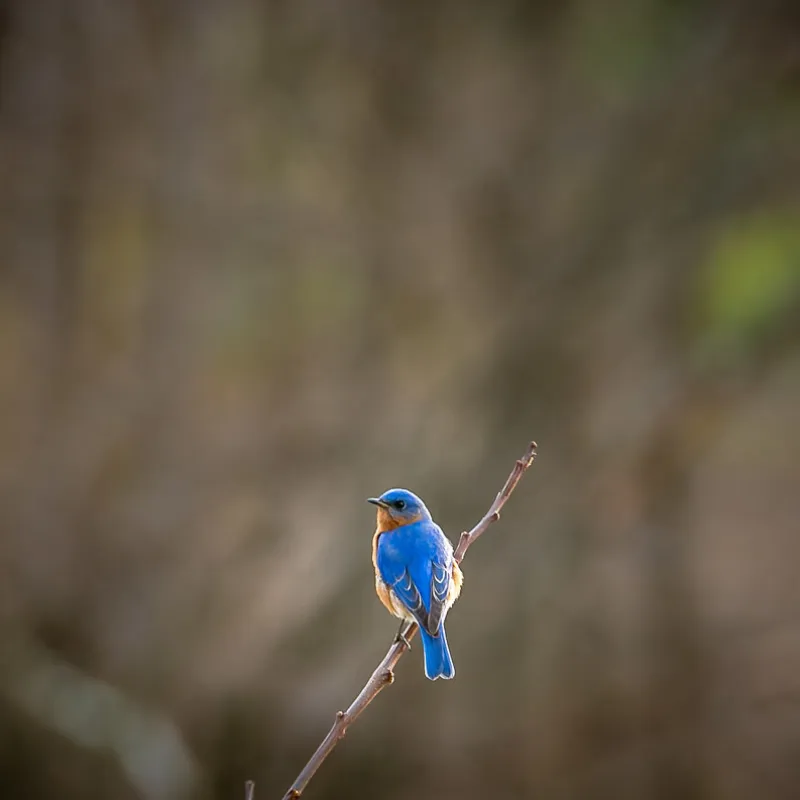
In the seemingly unlikely urban landscape of New York City lies a birdwatcher’s paradise. Central Park and other green spaces become vibrant ecosystems hosting species like the Peregrine Falcon, known for nesting on skyscrapers and bridges.
‘Birding Bob’ and other enthusiasts lead tours that reveal the city’s avian diversity, providing insights into how these birds adapt to urban life. Observing New York City’s birds is not just about spotting rare species; it’s also about understanding urban ecological dynamics and the critical role these habitats play in conservation.
Such experiences bridge the gap between urban life and natural history, showcasing how biodiversity thrives even in the most developed environments.
Raccoons in New York City
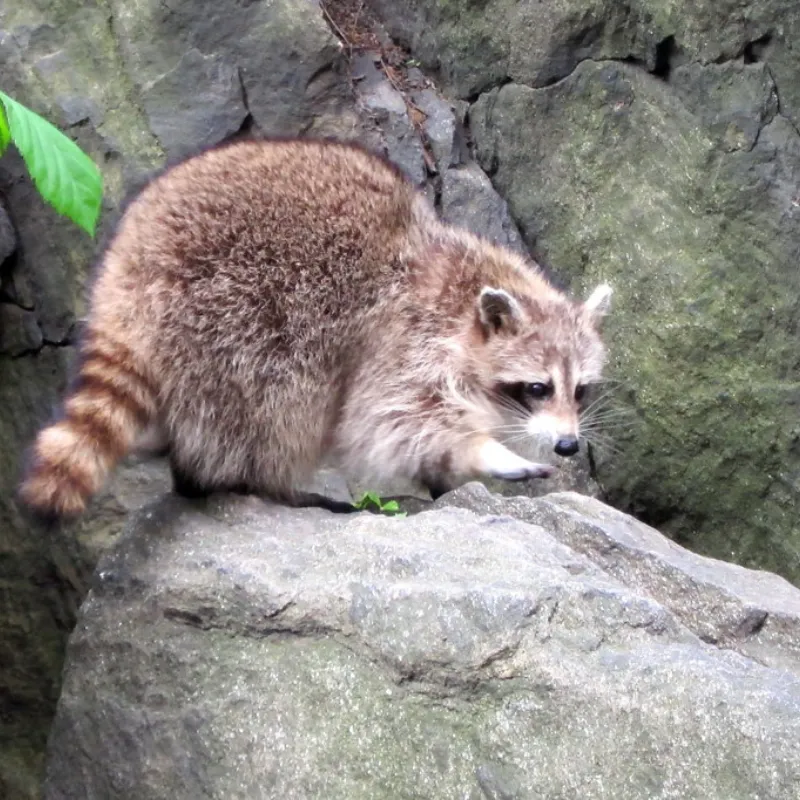
Raccoons in New York City have become emblematic of urban wildlife adaptation, particularly noticeable during the quieter streets of the COVID-19 lockdowns. These intelligent and versatile creatures have capitalized on urban settings, utilizing the city’s abundant resources to thrive.
The increase in raccoon sightings not only highlights their adaptability but also points to broader ecological interactions within urban areas that can benefit both wildlife and human populations. This phenomenon underlines the importance of designing urban spaces that support coexistence with native wildlife, fostering a balanced ecosystem where both can flourish.
Sea Lions in San Francisco, California

The iconic sea lions of San Francisco’s Pier 39 offer a striking example of wildlife adaptability and attraction. These marine mammals have turned the K-Dock into their own haven, much to the delight of tourists and locals.
Their presence underscores the impact of human activities on wildlife behaviors, as they initially came to the docks following the 1989 Loma Prieta earthquake. Today, they play a significant role in the local tourism economy and serve as ambassadors for marine conservation.
Observers are reminded of the importance of maintaining a respectful distance and minimizing human impact, ensuring these charismatic animals continue to thrive in this unique urban setting.
Bats in Austin, Texas
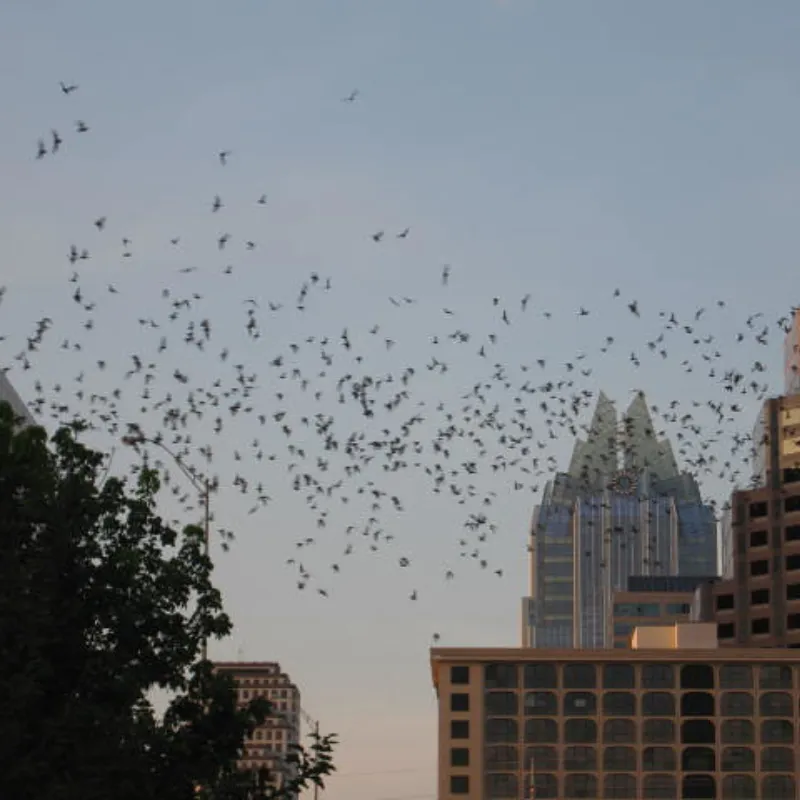
Each summer evening, Austin’s Congress Avenue Bridge becomes the stage for a spectacular display as over 1.5 million Mexican free-tailed bats emerge at dusk. This natural phenomenon attracts thousands of spectators, who gather to watch the bats take flight against the backdrop of the downtown skyline.
The bats, who inhabit the crevices beneath the bridge, play a crucial ecological role by consuming large quantities of insects, including agricultural pests. Viewing this spectacle provides an awe-inspiring glimpse into the hidden life of cities and the important ecological services these urban wildlife populations provide.
American Toads in Philadelphia, Pennsylvania
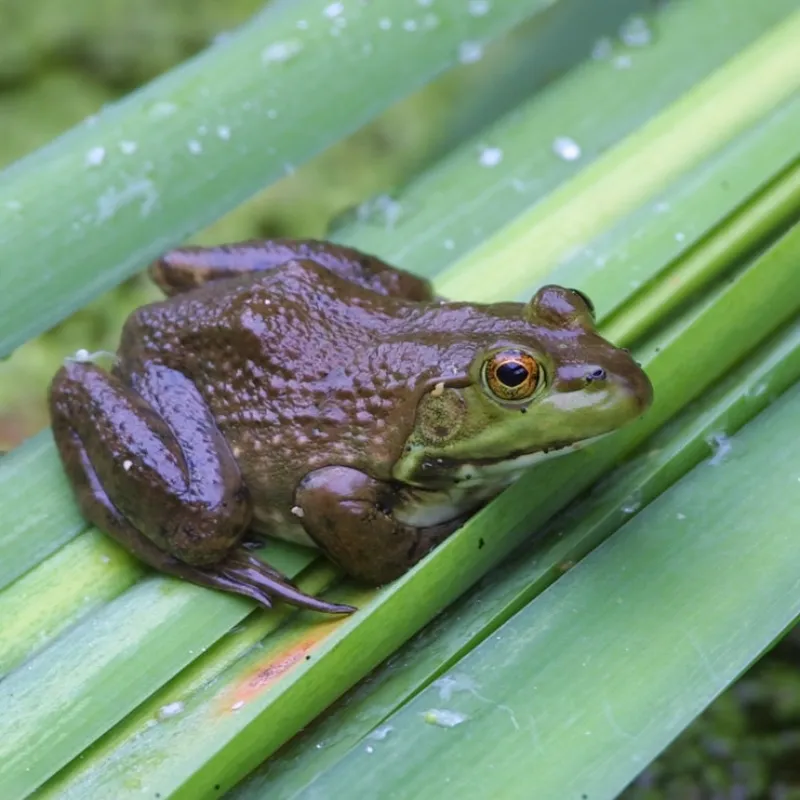
Philadelphia’s urban ecosystem supports a variety of wildlife, including the American toad, whose presence is bolstered by local conservation efforts. Initiatives such as the Toad Detour in Roxborough, where volunteers help migrating toads safely cross roads, illustrate the community’s commitment to wildlife preservation.
These efforts not only help maintain toad populations but also enhance biodiversity and ecological education within the city. By participating in these activities, residents and visitors gain a deeper understanding of the interconnectedness of urban living and natural habitats, fostering a greater appreciation for local wildlife.
Barred Owls in Charlotte, North Carolina
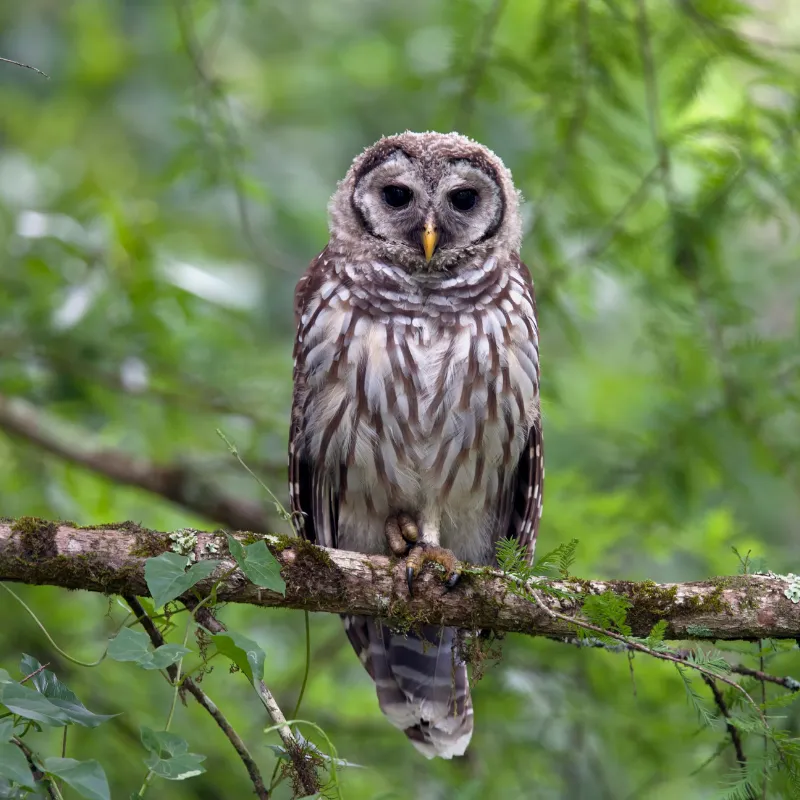
Charlotte, North Carolina, hosts a significant population of barred owls, which have seamlessly integrated into the city’s wooded suburbs. These owls, recognized by their distinctive hooting call that sounds like ‘who cooks for you’, can often be spotted in the mature trees that line Charlotte’s residential areas.
Observing these owls involves a quiet venture into local parks during dusk or dawn when they are most active. The existence of these owls in urban areas highlights the importance of preserving mature trees and natural spaces within city environments, which serve as critical habitats for various bird species.
Efforts to maintain these habitats not only support the barred owls but also enhance the overall biodiversity of the urban ecosystem, providing residents with a unique opportunity to connect with wildlife in their immediate surroundings.
Mountain Lions in Los Angeles, California
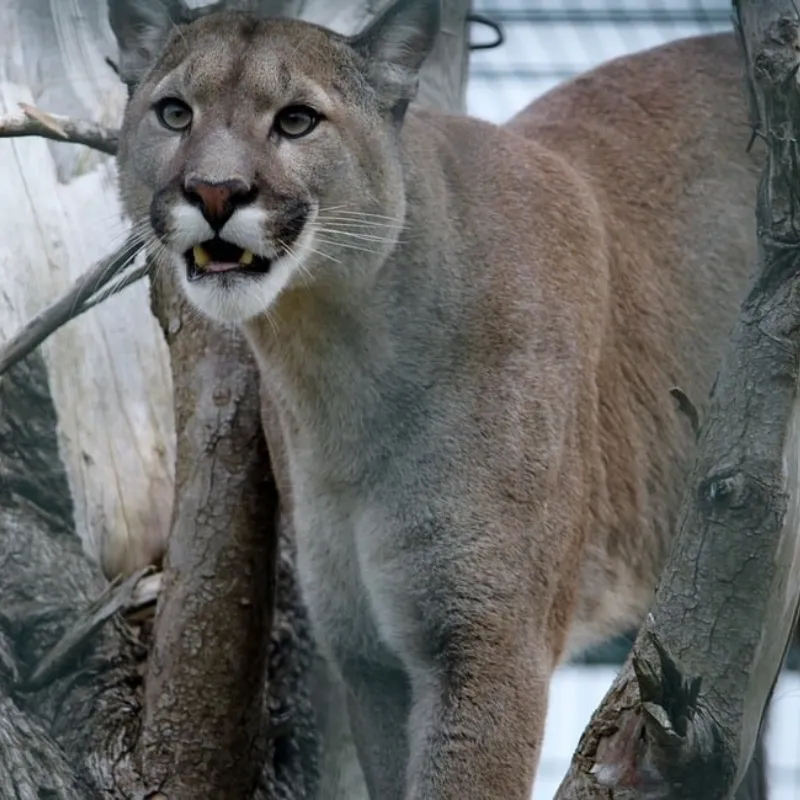
Los Angeles is home to a fascinating segment of wildlife conservation involving mountain lions in the Santa Monica Mountains. These big cats, often seen as symbols of wild America, navigate an urban-fringed wilderness, facing challenges such as habitat fragmentation and freeway dangers.
Conservation initiatives, including the development of a wildlife crossing over a major freeway, aim to enhance connectivity and safety for these animals. This project is pivotal in ensuring genetic diversity and the long-term survival of mountain lions in the area.
Engaging with these conservation efforts provides insight into the complex interactions between urban development and wildlife habitats and underscores the importance of innovative solutions in wildlife management. The presence of mountain lions so close to urban areas enriches the local biodiversity and offers a poignant reminder of the persistence of nature in a human-dominated landscape.
Gopher Tortoises in Fort Lauderdale, Florida

In Fort Lauderdale, the presence of gopher tortoises offers a unique window into the region’s ecological diversity beyond its famous beaches. These tortoises are keystone species, meaning their burrows provide shelter for over 350 other species, thereby playing a crucial role in their ecosystems.
Observing these tortoises and their symbiotic relationships with other animals can be particularly enlightening, emphasizing the importance of conserving not just the tortoises but also the broader habitats they enrich. Local parks and nature reserves provide opportunities to view these tortoises in their natural environment, promoting environmental awareness and appreciation among residents and tourists alike.
Such experiences underscore the importance of preserving natural landscapes in urban areas, which support a diverse array of wildlife and contribute to ecological balance and health.
Manatees in Charleston, South Carolina
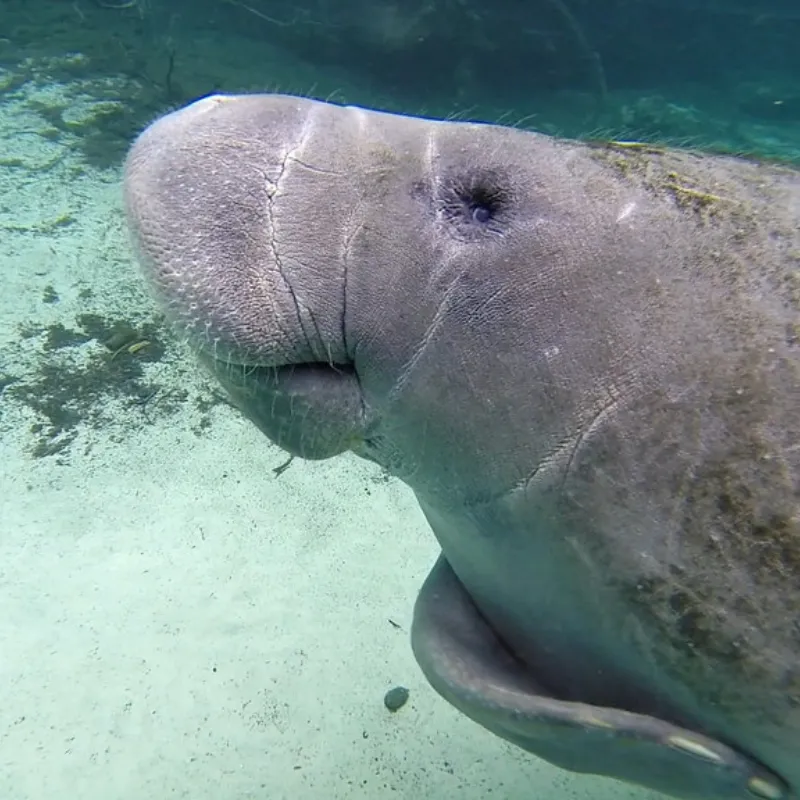
During the warmer months, the coastal waters near Charleston, South Carolina, become a haven for manatees. These gentle giants migrate north from Florida seeking cooler waters and can often be seen grazing on aquatic vegetation in shallow bays and river mouths.
Kayaking tours offer a serene and intimate way to observe these creatures, providing a unique perspective on their behaviors and interactions in their natural habitat. Such encounters not only foster a connection with marine life but also raise awareness about the challenges manatees face, such as boat strikes and habitat loss.
Efforts to protect these waters and educate the public about the manatees’ ecological role are crucial for their conservation. Observing manatees in Charleston not only highlights the city’s rich marine biodiversity but also the community’s role in safeguarding its unique wildlife.
Conclusion
Engaging in urban wildlife watching is not just an enriching activity—it’s a vital part of understanding and participating in local conservation efforts.
Each encounter with urban wildlife, from the flight of bats in Texas to the silent glide of manatees in South Carolina, teaches us about the resilience of nature and our role in its preservation.
By respecting these animals and supporting conservation initiatives, urban residents can ensure that cities remain vibrant ecosystems where wildlife continues to thrive. This blend of natural beauty and urban life enriches our cities, making them not just places of human habitation but also sanctuaries for diverse wildlife populations.

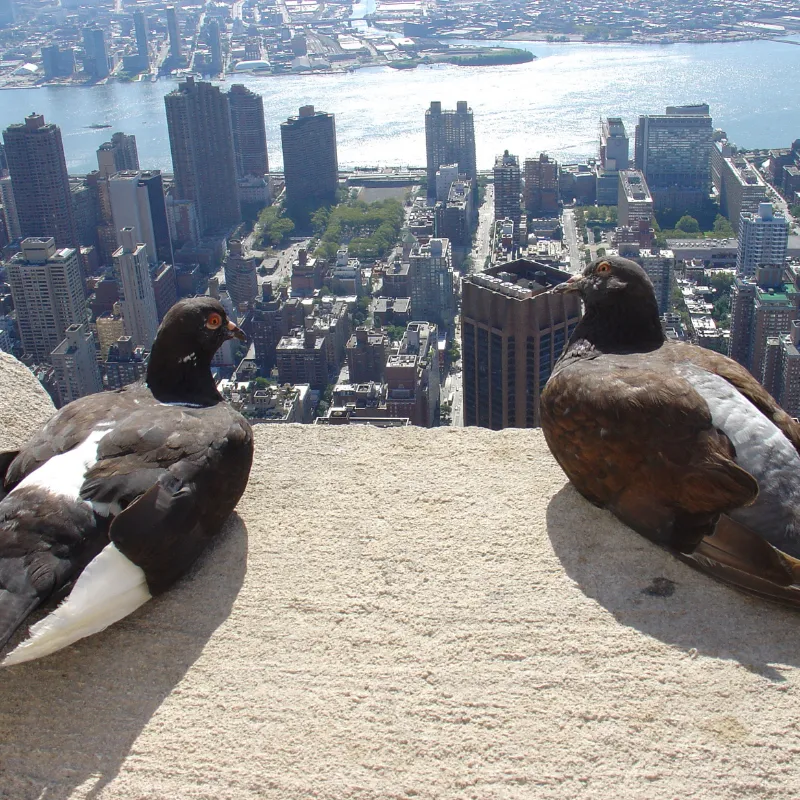
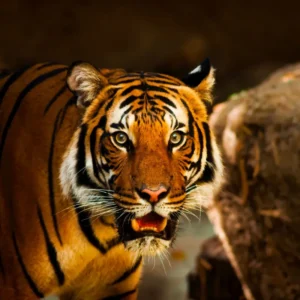
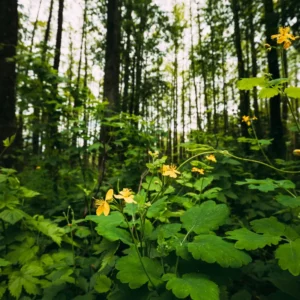

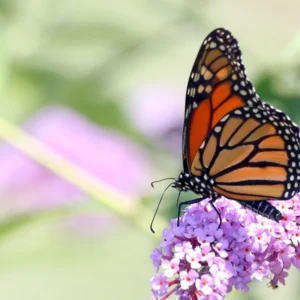
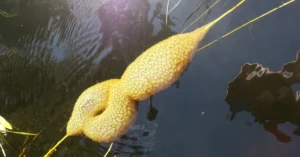
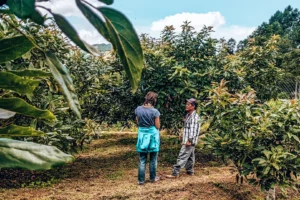
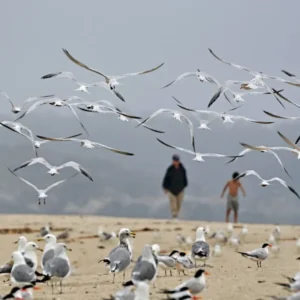
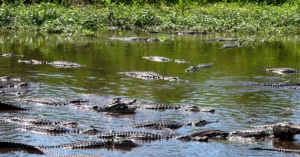
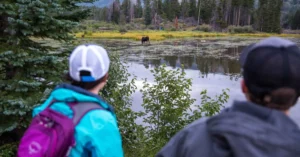
3 thoughts on “Top 9 Urban Wildlife Watching Destinations in the USA”
I absolutely loved reading about the variety of wildlife in city environments, especially the raccoons in New York City! It’s so heartwarming to see how animals adapt to urban living. It gave me some great ideas for my class. Thanks for sharing, Julia!
Sally, have you considered starting a school project based on urban wildlife? Seems like a great opportunity!
That’s a brilliant idea, Sally! Kids need to learn about these amazing animals living right among us!